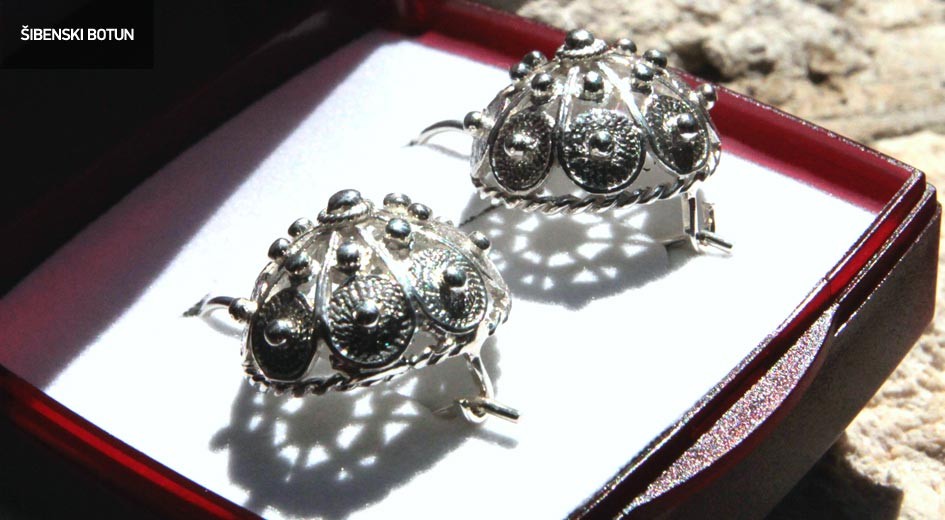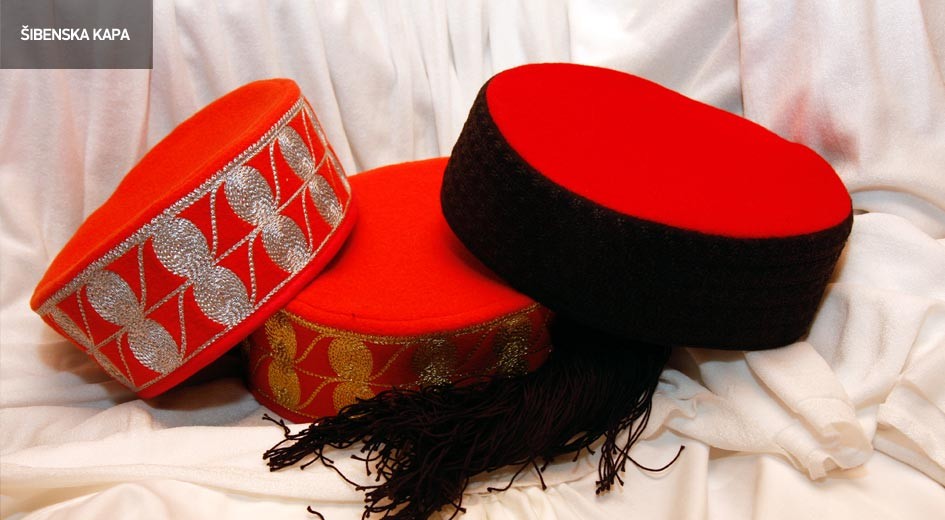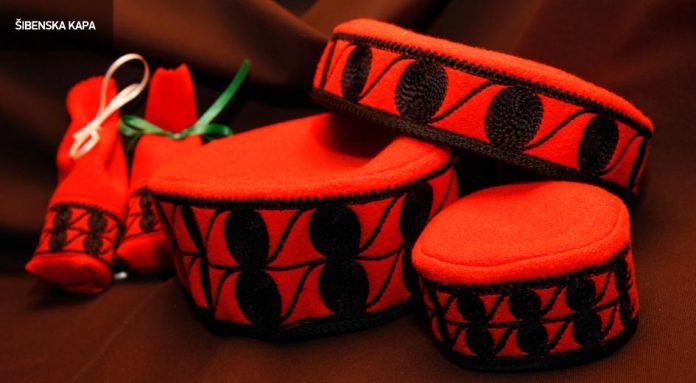Šibenik Button
Over the years, the Šibenik Button decorated male national costumes, whilst over the last few decades it has been recognized as an original souvenir of Šibenik. Today, the Šibenik Button can be bought in the form of earnings, rings, charms, tie pins, brooches, necklaces and other similar items. The Button has the form of two half spheres connected in the middle and hollow inside. The outer part is decorated with thin silver threads and balls. The original Button was made in silver, with an exact size; however, today you can find it made out of gold and aluminum and a number of different sizes.

The Šibenik Button was made by the famous filigree Ljazer Čivjak according to the ideas of designer, Franka Baranović. In 2007, the Šibenik Button was named the most original Croatian souvenir by the Croatian Tourist Board. Today the Šibenik Button is a component of the costumes of Šibenik Klapas (a cappella groups).

Šibenik Bagatin
The Council of Nine in Venice approved the creation and usage of Šibenik coins – Šibenik bagatin as a twelfth part of 30 Venetian ducats. Bagatin was a mean of payment in Šibenik for more than two centuries.
According to the Decree on Forging, one side of the coin contained a figure of St. Mark, the patron saint of Venice and the other, St. Michael, the town of Šibenik’s patron. Immediately after Šibenik other cities also started to mint their own money: Split in 1490, Zadar in 1491, Trogir in 1492 and Hvar in 1493.
Šibenik Hat
The Šibenik Hat is one of the most recognizable symbols of the town itself. Over the last century it stabilized in an orange colour with characteristic black embroided decorations. It is basically a very old popular tradition. However, the Šibenik Hat dates back to the period when Šibenik was the first Croatian city. Later the first and only cathedral was built here with regard to the means of construction. The Šibenik Hat reminds us of the recent periods when this city experienced an industrial boost constructing the first encircled production and distribution system of alternating current in the world.
The industrial potential which was, by these new possibilities from that period, positioned on the edges of the town, strongly established it until the present day. Here too Companies dealing with alluminium usually chose colour orange for their companies.
And here the story goes back to where it started, the hat and its modern colour.

The red hat is not an exclusive fashion item for Šibenik inhabitants. It can be seen in numerous popular costumes, as well as in parades or ceremonial costumes from various periods and countries. It is that part of clothing which can say something about its owner’s belongings even if his body is not seen by other people. And it is hard to find the same distinctive red colour. So we can easily remember the various red hats and Little Red Riding Hoods. We will start from the one which does not have a coloured hat. It is the hat of the Šibenik commoner from the multiple portrait chaplet in Šibenik Cathedral, chiselled in the middle of 15th century.




